Mosquitoes & Ticks

Ask About Our
100% Eco-Friendly
Options
Mosquitoes & Tick Control In Central Wisconsin
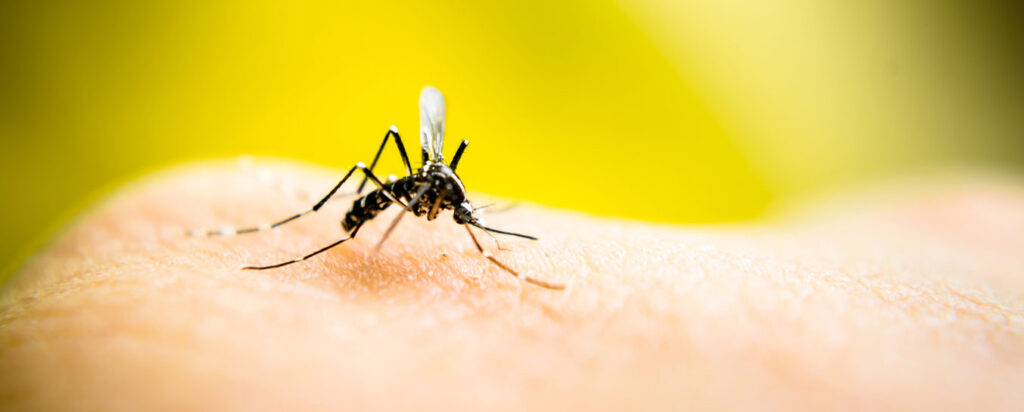
1st Choice Pest Control offers the best protection for season-long control. Treatments should be done every 21-30 days for the best results. This is especially important during the wet and warm months of the year, from late spring and throughout the fall. Mosquitoes and ticks can spread many illnesses, like Lyme disease and West Nile Virus, that can make you and your family sick. 1st Choice Pest Control will remind you in advance of an upcoming service and leave you notice that we’ve been there. You don’t even need to be home during the application.
Protect Your Family From Mosquitoes & Ticks!
Protect yourself from ticks.
Ticks are carriers of diseases like Lyme disease, and are usually found in high grass or wooded areas. Wear long-sleeved shirts and tuck your pants into your socks to prevent ticks from biting. Wear light-colored clothes to spot ticks easily. Check yourself for ticks after you have been outside. Remove the tick immediately with tweezers (making sure the head remains intact), and disinfect the bite site with rubbing alcohol, an iodine scrub, or soap and water.
Reduce mosquitoes by getting rid of standing water.
Mosquitoes need a water source to breed. Remove leaves and yard debris to reduce water pools, and replace the water in birdbaths regularly. Check out other tips for addressing mosquitoes.
Proud Suppliers of In2Care® Solutions
In2Care InsecTech is a patented technology for transfering high doses of biocides to flying insects. InsecTech coating forms the basis of In2Care’s innovative mosquito control products. Applied on netting, the long-lasting static charged coating can bind all types of biocide powders. Biocide particles remain safely bound on the yarn surface, fully available to the target insect. When a mosquito makes contact, many biocide particles are transferred to her body via polarity. With this high-dose-transfer technology, we can break insecticide resistance; killing highly resistant vectors effectively again with WHO-approved insecticides. In addition, InsecTech can be used as a carrier for any (new) type of bioactive for insect control.
Frequently Asked Questions
To protect yourself from mosquito and tick bites, wear protective clothing such as long-sleeved shirts and pants, use insect repellent containing DEET, and avoid areas where mosquitoes and ticks are known to be active.
Mosquitoes can transmit diseases such as West Nile virus, dengue fever, and Zika virus, while ticks can transmit diseases such as Lyme disease, Rocky Mountain spotted fever, and ehrlichiosis
Effective treatments for eliminating mosquitoes and ticks may include using insecticide sprays, foggers, or traps, as well as treating outdoor areas with larvicides or repellents. It’s best to consult with a pest control professional for the most effective treatment plan.
To prevent mosquitoes and ticks from breeding around your home, eliminate any standing water, trim tall grass and weeds, and use mosquito repellent plants or sprays.
Types of Mosquitoes
Mosquitoes belong to the same group as true flies and have a single pair of wings. They also have long, thin legs and a head with a prominent proboscis which they use to find blood vessels and consume blood. Mosquitoes need a water source to breed, so the best prevention from mosquito infestation is to get rid of standing, stagnant water.
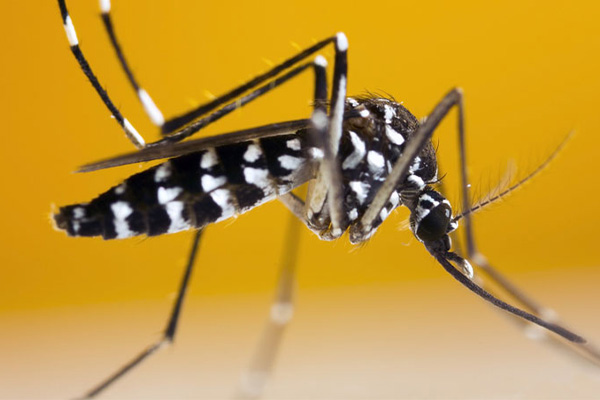
Asian Tiger Mosquito
The Asian tiger mosquito was first discovered in the United States in 1985. Since then, it has competed for space with the yellow fever mosquito, which was once the most prominent species of Aedes in the country. The Asian tiger is a vector of more than 30 viruses, but only a few are known to affect humans, according to University of Florida Entomology and Nematology Department. These diseases include equine encephalitis, Cache Valley virus, dengue, and St. Louis and LaCrosse encephalitis viruses. Despite this, different types of mosquitoes belonging to Aedes have proven more efficient than the Asian tiger at transmitting disease.
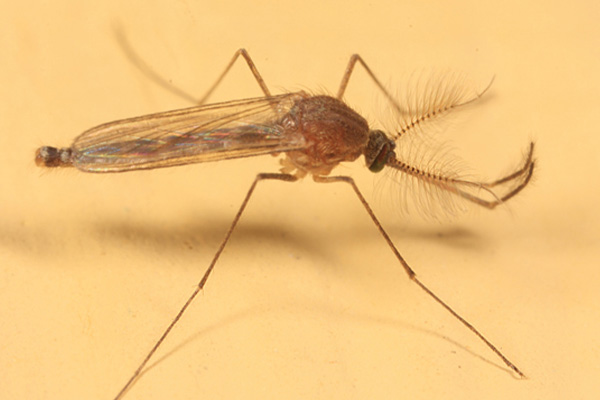
House Mosquito
Some of the most common types of mosquitoes in the United States are called house mosquitoes. Species of mosquitoes that belong to this group include Culex Pipiens and Culex restuans Theobald. Pipiens is most common to the Northern part of the United States. Pale brown in color with white stripes, it is often found in polluted water that has been left standing. Storm drains, birdbaths, pet dishes, and old tires are popular breeding sites for these types of mosquitoes. The female mosquito of this species can lay anywhere from 50 to 400 eggs at one time. These eggs typically take 10 to 14 days to hatch although they can take longer, depending on the weather. Culex restuans is a very similar species in looks and habits but is more prevalent in the Eastern and Central parts of the United States. Both of these mosquito types can transmit a variety of different viruses and parasites to humans.
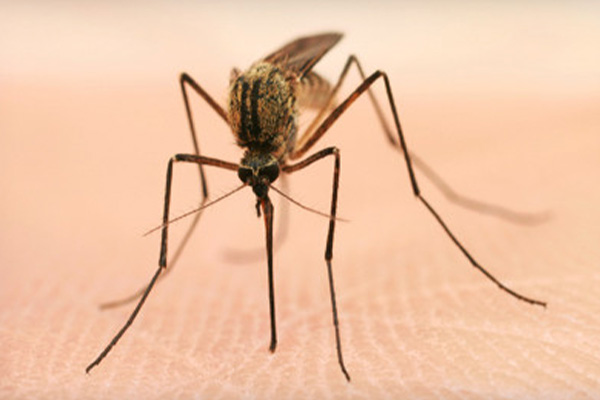
Southern Mosquito
This species of mosquitoes, also sometimes referred to as Culex fatigans, is most common in tropic and sub-tropic regions. It shares many of the same physical and behavioral aspects of the house mosquito, but is found in Southern areas of the United States and is present throughout Florida. Also a nighttime feeder, this mosquito is the primary vector of the St. Louis encephalitis virus and can also transmit West Nile virus (WNV).
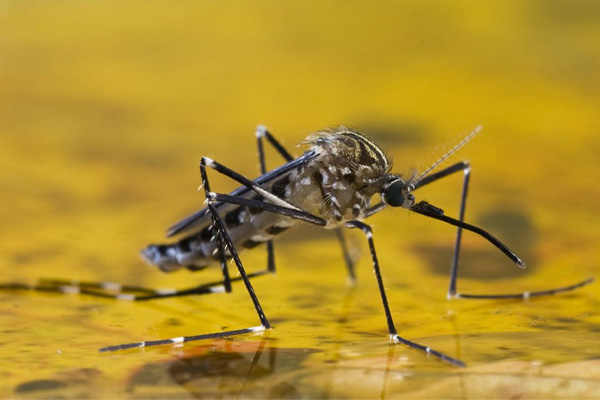
Yellow Fever Mosquito
The yellow fever mosquito has been known to the United States for many centuries. It caused more U.S. troop casualties during the Spanish-American war than the war itself, as a result of transmitting yellow fever. Because both types of mosquitoes belong to the Aedes genus, this species of mosquitoes have similar feeding and breeding habits to the Asian tiger. However, the population of the yellow fever mosquito has declined in many areas following the arrival of the Asian tiger mosquito, although it is still prevalent in some regions. The yellow fever mosquito is more commonly found in urban areas of Southern Florida, and in cities along the coasts of Texas and Louisiana. It can also be found in Southern parts of the United States and up the East Coast to New York.
Types of Ticks
There are many species of ticks, some more dangerous than others. Tick color and size vary by species with some adult ticks growing up to 1cm long when engorged with blood. Ticks are typically found in high grass or wooded areas. Tick bites are most easily prevented by wearing appropriate clothing like light-colored long-sleeved shirts and long pants as well as doing full-body checks after you’ve been outside.
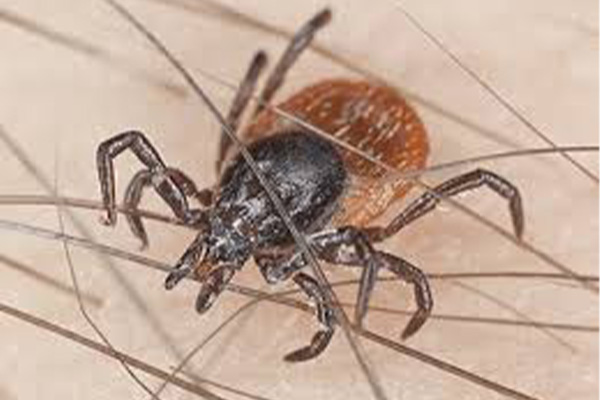
Deer Tick
The loathsome deer tick, now known as the black-legged tick, is defined more by the disease it spreads than by its own characteristics. Deer ticks live about two years and go through four life phases: egg, larva, nymph, and adult. They feed exclusively on animal blood and eat only three times during their lives: once to molt from larva to nymph; once from nymph to adult; and once as adults to lay eggs. They can contract the bacteria that causes Lyme disease from an infected host at any of these feedings but transmit it only during the second or third. They must remain attached for at least 24 hours for the bacteria to transmit.
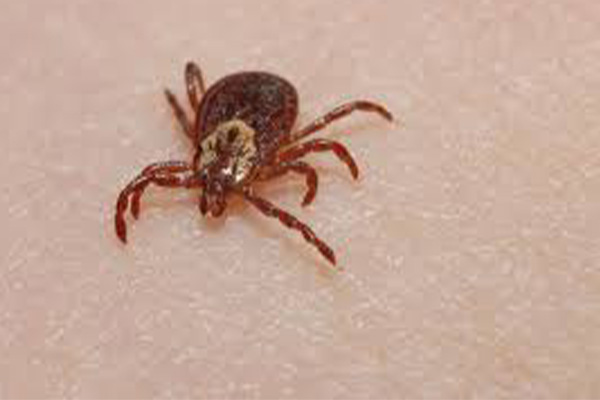
Wood Tick
Wood ticks are members of the family Ixodidae, the hard ticks. They are dark brown in color with silver-gray or whitish coloring on their back. Both have a dorsal plate on their back called the scutum, and their mouthparts are visible when viewed from above the tick. The males are slightly smaller than the females in the adult stage. Both species have six legs in the larval stage; eight legs in the nymphal and adult stages; and undergo a life cycle that consists of four stages: eggs, larvae, nymphs, and adults.
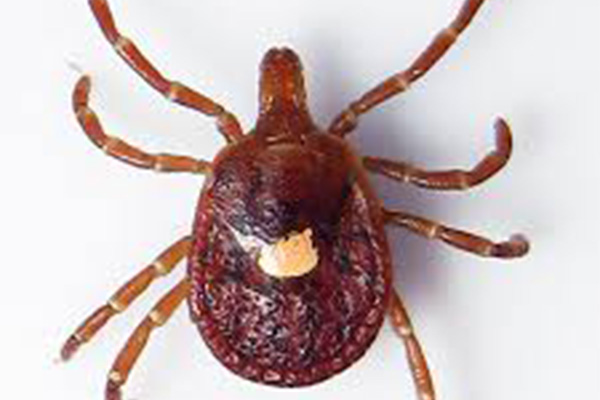


 Service Request
Service Request